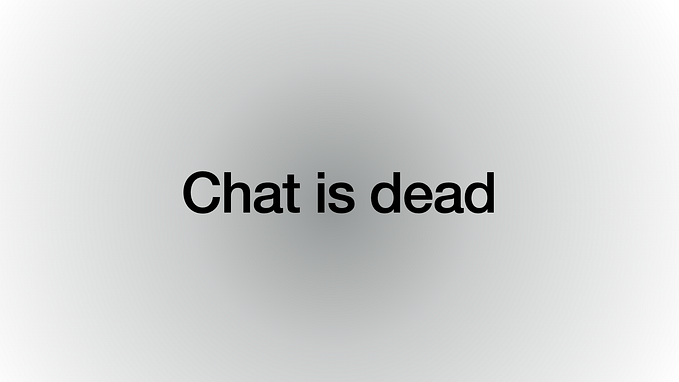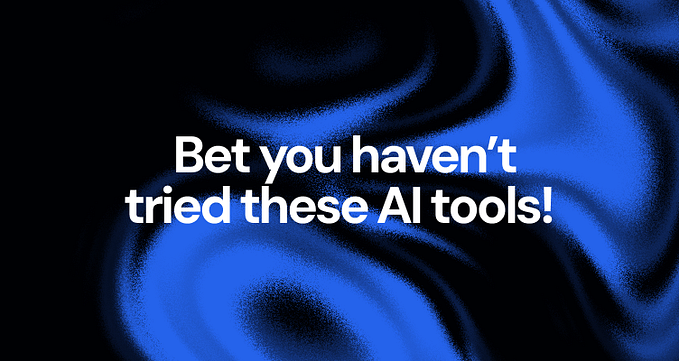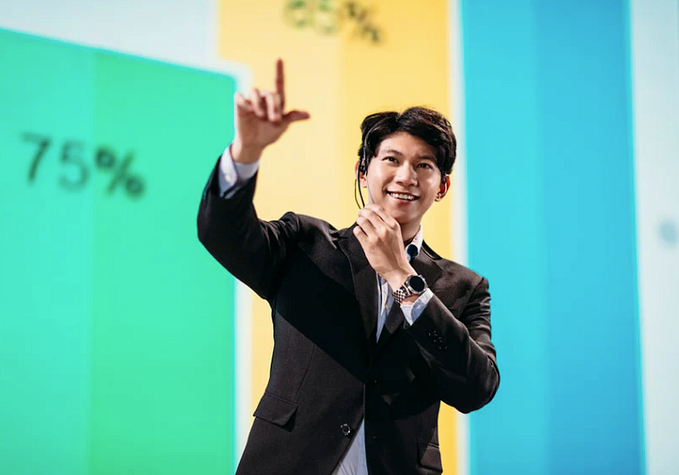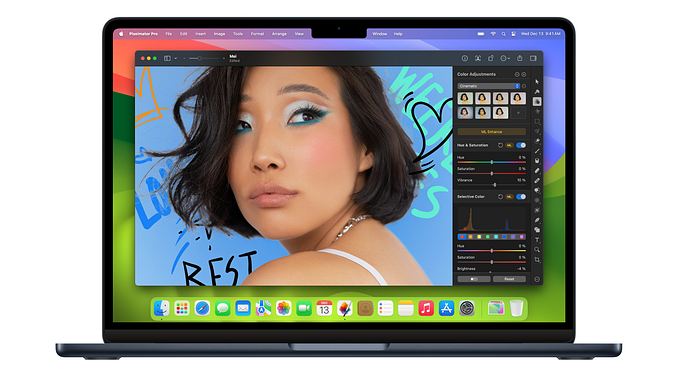Member-only story
The future is up for grabs when anyone can make designs
How AI generates design and what it means for creators.

With examples from Figma, this article explains what it means when AI can “make designs,” the higher-level creative tasks AI frees us to do, designing general purpose AI, and how the future is bespoke.
AI makes designs by learning design systems. Through curated examples from design system libraries, guidelines, and user flows, AI is “taught” what is good design, producing relatively consistent copies.
Figma’s Make Designs announcement generated controversy. But AI tools like v0.dev, KREA AI, Creatie also produce designs. They allow anyone to describe what they want, then click a button for high-fidelity visuals.
What it means to ‘make designs’
Websites and apps vary infinitely. But Figma found most software can be boiled down to just a few core layouts. Familiar patterns help people navigate comfortably, and AI can master these foundations quickly.

As result, you don’t need to be an artist to visualize ideas, or a software engineer to code apps. Anyone can get started quickly, and designers can start with something rather than nothing.
An algorithmic baseline is the new creative starting line.
This ultimately frees designers to focus on higher-level creative tasks.
But what are they?
Higher-level creative tasks
The key difference between computation and human craft, is taste.
Developing taste isn’t to copy what already exists. It’s to quickly sense & amplify what makes something exceptional.
Copying is a valuable method to learn from examples of precedent. But great design cannot exactly be copied because every successful product is built on a unique set of assumptions, including the perspectives of teams involved. This is why AI products competing in the same space are still different.








